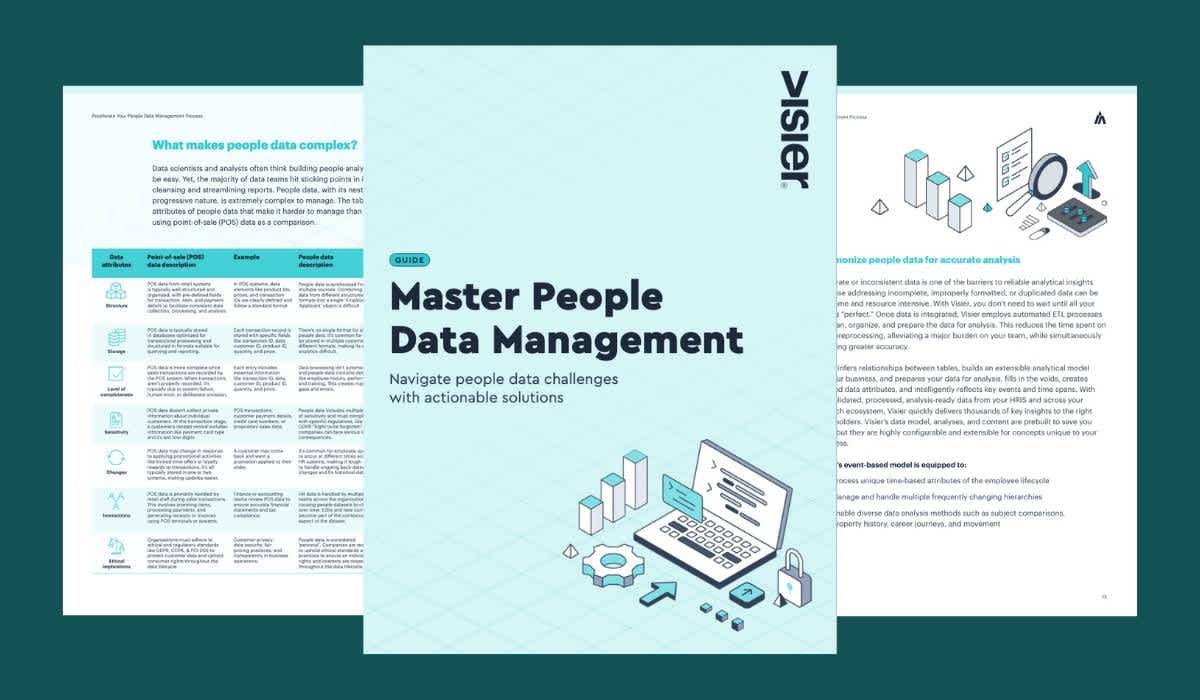What Is Data Modeling?
Discover what data modeling is and how it optimizes data use by eliminating redundancy, ensuring efficient retrieval, and enhancing data utilization.

Data modeling is the use of diagrams to show how data will flow in and out of a database. Once a database is built, the data model remains in place and provides documentation for why the database was created and how data flows were designed.
Why is data modeling important?
Data modeling is important because it provides documentation of what was done and why it was implemented in a certain way. This helps eliminate redundancy and ensures the efficient retrieval and use of data.
What are the primary types of data models?
There are three primary types of data models, each with their particularities:
Relational data models. These store data in rows and columns, with rows representing a unique record and columns representing the fields in each record. It’s a very basic form of data modeling that’s widely used in HR for storing and managing employee data, payroll information, and more. A relevant example could be a database with separate tables for employee details, department information, and salary records.
Dimensional data models. These organize data in facts (i.e. quantitative data, like salary numbers) and dimensions (i.e. descriptive attributes, like employee attributes). Dimensional models can be used to analyze workforce trends, performance metrics, and turnover rates.
Entity-rich (E-R) data models. These are data structures in a graphical format with boxes that represent functions or “entities” and lines indicating associations or relationships. Within relational databases, entities are depicted as rows, while the attributes of these entities are stored within the fields of each respective row. E-R models are often used in the design phase of HR systems to ensure the structure of the system reflects real-world relationships.
The type of model used always depends on the specific HR needs you want to address.
What are the five steps of data modeling?
The five steps of data modeling include:
Identifying business requirements. This is generally done by interviewing and collecting information from stakeholders and end users.
Creating a conceptual model. This would be a set of specifications related to the data used to discuss requirements with stakeholders.
Designing the physical model. Determining the actual database schema based on the model and including specific data types, constraints, and storage details.
Deploying the data model. After validation and review, the data model is deployed for use in the organization.
Feedback from stakeholders is critical in this data modeling process. Therefore, it’s important to ensure that input is gathered from individuals who will be providing, inputting, or analyzing and making decisions based on that data.


